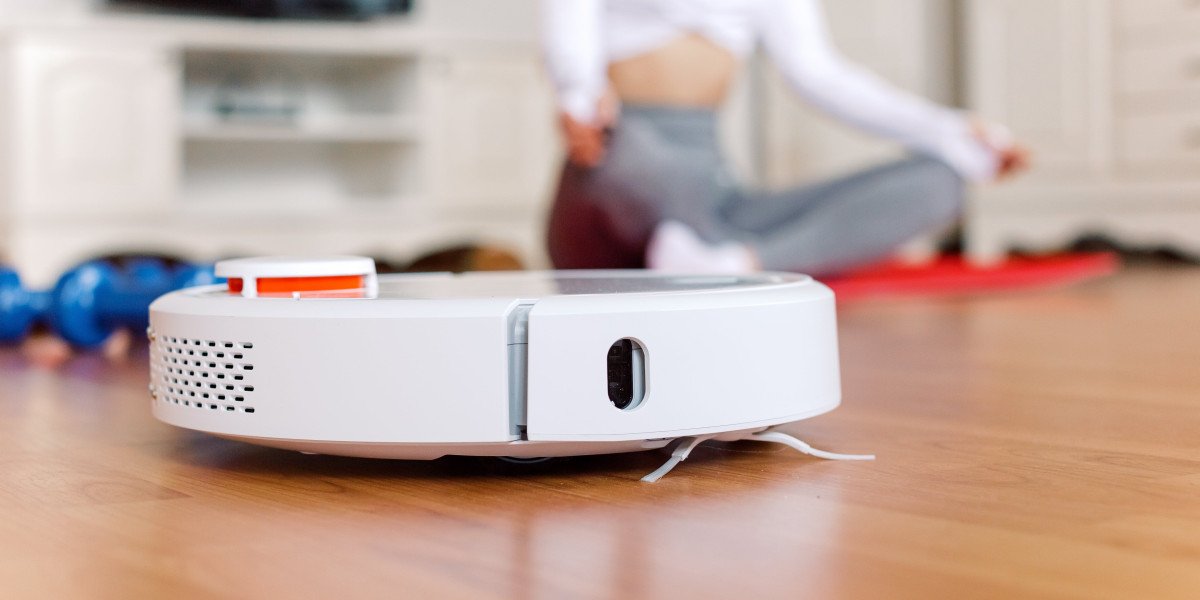Introduction
A cracked or malfunctioning iPhone screen can significantly impact usability and aesthetics. Choosing the right replacement screen ensures optimal performance, longevity, and value retention. This guide covers everything you need to know about iPhone screen repair, from selecting the right screen to DIY vs. professional repair.
Why iPhone Screen Repair is Essential
A damaged screen isn’t just an eyesore; it can also:
Reduce touch sensitivity
Cause further internal damage
Lower resale value
Lead to safety hazards like glass shards
Repairing your screen promptly ensures a smooth user experience and preserves device integrity.
Types of iPhone Screens
When replacing your iPhone screen, you’ll encounter three main types:
OEM Screens: Manufactured by Apple, highest quality.
Aftermarket Screens: Third-party screens, varying in quality.
Refurbished Screens: Pre-owned screens restored to working condition.
Factors to Consider When Choosing a Replacement Screen
Compatibility: Ensure the screen fits your specific iPhone model.
Quality: Look for high-resolution, durable glass.
Durability: Opt for screens with reinforced glass for added protection.
OEM vs. Aftermarket Screens
| Feature | OEM Screens | Aftermarket Screens |
| Quality | Excellent | Varies (low to high) |
| Durability | High | Moderate to high |
| Cost | Expensive | More affordable |
| Availability | Limited | Widely available |
How to Identify a Genuine iPhone Screen
To ensure authenticity:
Check for Apple logo and serial numbers.
Verify touch sensitivity and display brightness.
Compare with an original screen.
DIY vs. Professional iPhone Screen Repair
| Factor | DIY Repair | Professional Repair |
| Cost | Lower | Higher |
| Risk | High (if inexperienced) | Low |
| Time | Longer | Faster |
| Tools Required | Specialized tools | Provided by service |
How to Find a Reliable Repair Service
When choosing a repair provider, look for:
Positive customer reviews
Certified technicians
Warranty on repairs
Transparent pricing
Top iPhone Screen Repair Services in 2024
CellularPort – Best for Quality & Warranty
Apple Authorized Repair Centers
Third-party certified repair shops
Step-by-Step Guide to Replacing Your iPhone Screen
Gather tools (screwdrivers, suction cup, spudger).
Power off the device.
Remove screws and open the phone carefully.
Disconnect the battery and display cables.
Swap the old screen with the new one.
Reassemble and test functionality.
Cost of iPhone Screen Repair
| iPhone Model | OEM Repair Cost | Aftermarket Repair Cost |
| iPhone 13 | $279 | $100-$150 |
| iPhone 12 | $229 | $90-$140 |
| iPhone 11 | $199 | $80-$120 |
How to Maintain Your iPhone Screen Post-Repair
Use a high-quality screen protector.
Invest in a sturdy phone case.
Avoid exposing your phone to extreme temperatures.
Common Myths About iPhone Screen Repair
Myth: Aftermarket screens are always low quality.
Fact: Some high-grade aftermarket screens rival OEM quality.
Myth: DIY repair saves money.
Fact: Incorrect installation can lead to costly damages.
FAQs on iPhone Screen Repair
1. How long does an iPhone screen repair take?
Most professional repairs take 30-60 minutes.
2. Can I use my iPhone with a cracked screen?
Yes, but it may cause further damage or safety issues.
3. Is third-party screen replacement safe?
If done by a reputable service, third-party screens can be a cost-effective solution.
4. Does Apple repair third-party screen replacements?
Apple may refuse service for devices with non-OEM screens.
5. Are iPhone screen repair kits reliable?
They work, but require patience and skill to install properly.
6. Can I trade in my iPhone with a replaced screen?
Yes, but resale value depends on screen quality and repair authenticity.
Conclusion
Choosing the right replacement screen for your iPhone is crucial for functionality and longevity. Whether you opt for an OEM, aftermarket, or refurbished screen, ensure quality and compatibility. CellularPort offers premium screen repair services with top-tier warranty options to keep your device running smoothly.









